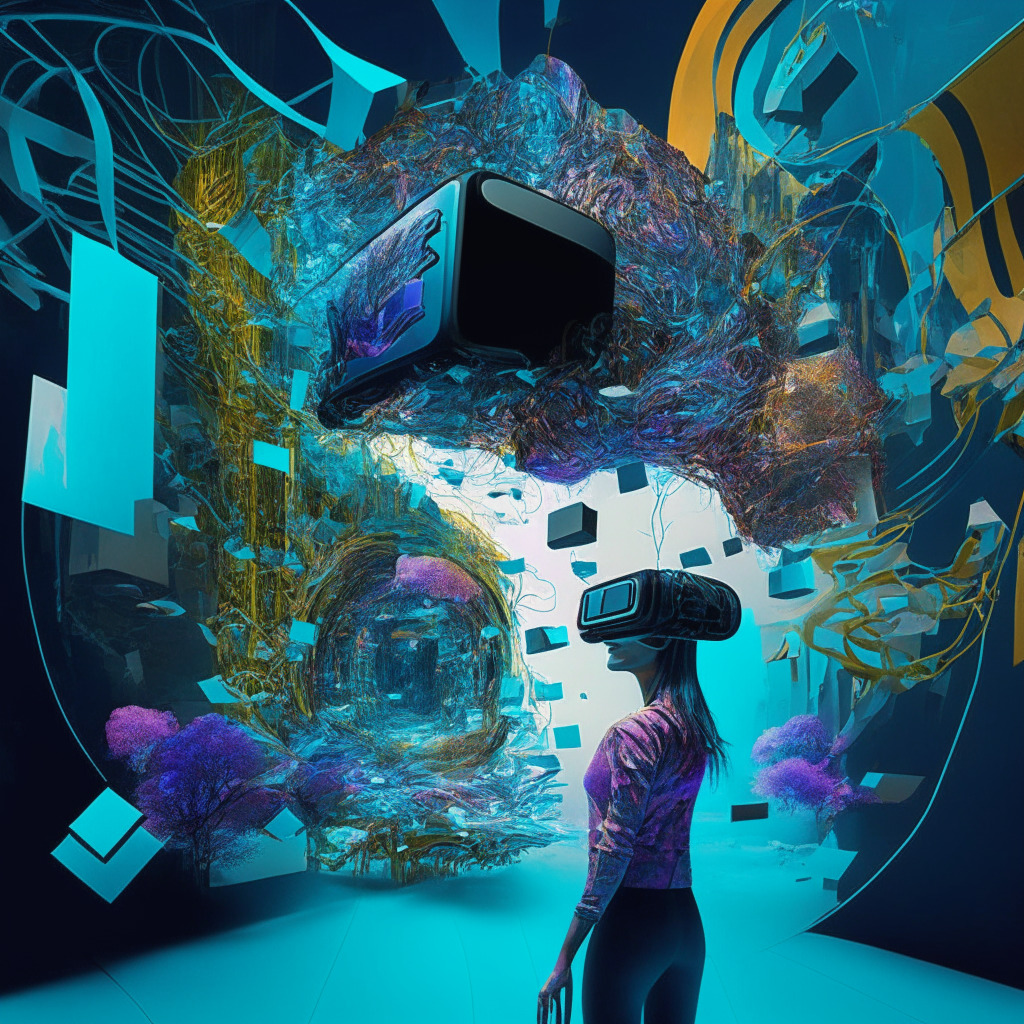With recent advancements, extended reality (XR) has become a term that is more and more familiar. Standing as an umbrella term, XR incorporates various technologies, including virtual reality (VR), augmented reality (AR), and mixed reality (MR). All these unite real and virtual worlds to conjure captivating experiences that have garnered attention in sectors ranging from education to healthcare.
Delving into the intricacies of each VR, AR, and MR, we find VR being the immersive technology that whisks away users into a digital simulation. This is usually achieved through VR headsets that allow individuals to engage with their surrounding virtual environment.
AR, on the other hand, has a less isolating approach. It enhances real-world settings by adding a layer of digital information, often manifested in virtual objects or images. AR has found residence in smartphones, tablets, even glasses, providing simultaneous engagement with the digital and physical reality.
MR takes elements from both VR and AR to create a reality where individuals can interact with virtual objects while simultaneously aware of their real-world surroundings. It requires the use of specialized headsets or glasses to attain the ultimate interactive experience.
Aside from their primary recreational and gaming applications, the XR technologies have carved their paths into realms like education, training simulations, architectural and industrial design, to name a few. The immersive experiences offer fresh ways we interact with data, collaborate, learn, and explore the digital universe.
Despite its advantages, XR is not without hurdles. Technical limitations surrounding the high-quality XR experience, comfort issues felt by users, and content development requirements present significant challenges. XR experiences also require robust hardware and software systems, making them costly and a barrier to universal adoption. Ethical considerations surrounding data privacy and ownership have also been under scrutiny, demanding adherence to sound data handling practices.
Even though the metaverse and XR seem interconnected, they do not represent the same concept. While XR is all about engagement between digital and physical environments for unique experiences, the metaverse encompasses a wider scope. The metaverse is more of an interconnected network of virtual and augmented realities. It goes a step further than XR, aiming to create a fully-formed digital universe complete with its own economy, social dynamics, and opportunities for user participation and creativity.
Undeniably, XR contributes towards realising the metaverse concept by providing foundational technology for these high-quality virtual and augmented experiences. However, the metaverse goes beyond XR, with aims to be shared, immersive, and foster collaboration. Thus, while the two are interrelated, they can’t be deemed one and the same.
Source: Cointelegraph




